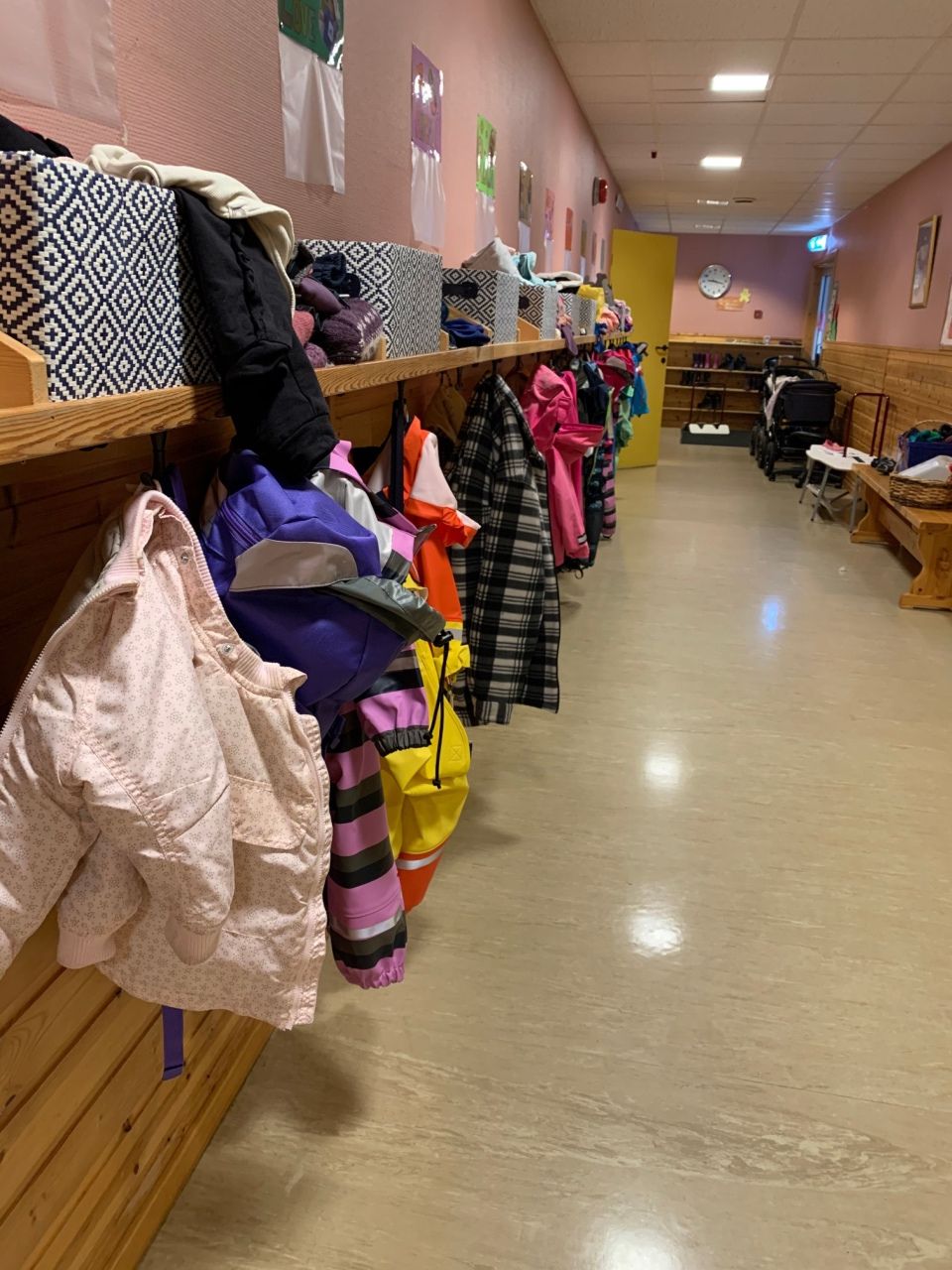If you're moving to Norway with very young children or planning to start a family here, the Norwegian childcare system will be of great interest to you. Here's what you need to know about how things work in Norway.
Moving to Norway is an exciting prospect for many families. The country offers a high quality of life, stunning natural landscapes, and a robust social welfare system.

One of the critical components of Norway’s social infrastructure is its education system. In particular, the early childhood education and care system, known as the “barnehage” system.
Leaving your kids for the first time can be a challenging experience for parent and child alike. Understanding how a barnehage works might not take away the stress entirely, but it will help all involved be prepared.
This guide provides an overview of the barnehage system, essential for parents planning to move to Norway and seeking the best care and education for their young children.
Introducing the Norwegian Barnehage
The term “barnehage” (plural: “barnehager”) in Norwegian translates to “kindergarten” or “daycare” in English, and it refers to institutions that provide early childhood education and care for children typically between the ages of 1 and 6.
The barnehage system is designed to support the developmental needs of young children, promote social equality, and enable parents to balance work and family life effectively.
A barnehage is usually open Mondays to Fridays, from as early as 7am to as late as 5pm, although precise hours vary. Parents can have full-time or part-time care for the child, with fees varying accordingly.

How meals work differs between kindergartens. Some barnehager provide all meals, including breakfast, a warm lunch, and fruit/afternoon snack. Others provide just snacks, with parents expected to send packed lunches.
Types of Barnehager
Norway's barnehage system includes various types of facilities, each catering to different needs and preferences of families.
Public barnehager are run by municipalities and funded by taxes. They are the most common and are known for being affordable and accessible to all families.
Private barnehager are operated by private organisations or individuals. While they receive some public funding, they have the flexibility to charge higher fees and may offer specialised programs.
Family barnehager are smaller, home-based daycares run by qualified caregivers. They provide a more intimate setting, often preferred by parents of very young children.
Outdoor barnehager, or friluftsbarnehager/naturbarnehager, focus on outdoor education and activities, emphasising the importance of nature in children's development.
Enrollment and Accessibility
Norway's goal is to ensure that every child has access to a barnehage place. As such, all children over the age of one have a legal right to a place in a barnehage.

Parents typically apply for barnehage spots through their local municipality, and in larger cities, there is often a centralised application system to streamline the process.
Applications usually need to be submitted several months in advance of the desired start date.
Despite the goal of universal access, some areas, particularly urban centres, may face shortages of barnehage spots, leading to waiting lists. It is advisable for parents to apply early and consider multiple options.
Barnehage Costs and Financial Support
Parents should not pay more than the set maximum price for a barnehage place, which is determined by parliament. This maximum price applies to all barnehager, both public and private.
As of 1 January, 2023, this maximum price is NOK 3,000 per month. This reduces to NOK 2,000 kroner per month from 1 August, 2024.
In the most rural municipalities, this maximum price will be further reduced to NOK 1,500 per month. In municipalities within Finnmark and Nord-Troms, barnehage is free.
Municipalities can offer lower prices if they choose. Barnehager can also charge additional fees for meals, which can vary from NOK 250 to NOK 1,000, depending on the number of meals.
Discounts
There are several discounts available for barnehage fees to support families with multiple children and those with low incomes.
For families with more than one child in a barnehage within the same municipality, sibling discounts are available. This discount applies regardless of whether the children attend different barnehager or if the barnehager have different owners.
The reduction for the second child is at least 30%, and for the third child and any additional children, barnehage is free.
Families or households with low income can benefit from two main schemes. The first scheme is ensures that no family pays more than 6% of their income per child on barnehager. This scheme applies to both municipal and private barnehager, with the municipality responsible for its implementation.
In addition, the Free Core Time scheme grants all 2-, 3-, 4-, and 5-year-olds, and children with deferred school start from low-income households, 20 hours of free barnehage per week.
Starting at Barnehage
Beginning to attend barnehage can be a stressful experience for both child and parent. To make this transition smoother, here are some key tips:
You'll receive a welcome letter or information pack. Read it throughly and share its content with your child. Familiarising your child with the grounds before the first day can help ease any anxiety.
Plan for an orientation period of at least three days where you gradually increase the time your child spends at preschool alone. Ensure your child has appropriate clothing for the season, and label all items to prevent them from getting lost.
Be prepared for your child to fall ill more frequently at first due to increased exposure to germs.
Maintain open communication with the staff, offering constructive feedback and compliments. Participate in parent-teacher meetings, parent associations, and volunteer activities (dugnad) when possible.
Do you have children at a barnehage in Norway? Let us know your experiences and please share any tips you have for new parents down in the comments.

